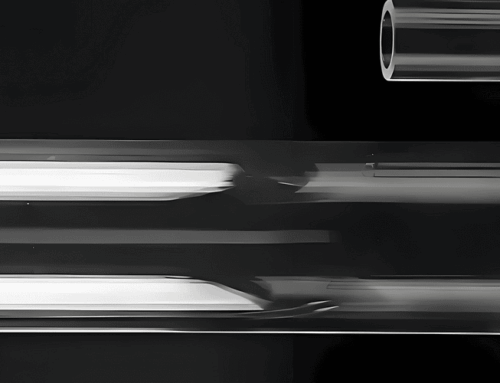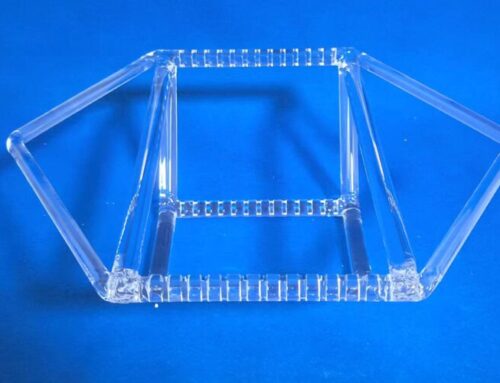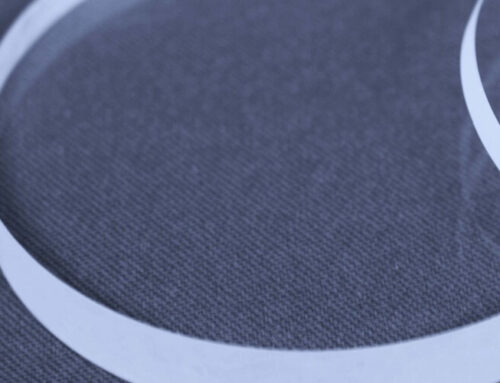The differences between quartz glass and ordinary glass
Quartz glass is a special technical glass with a single component of silica. This material exhibits a high degree of hardness, reaching up to Mohs’ 7. In addition, it has a range of excellent properties, including high temperature resistance, low coefficient of expansion, thermal shock resistance, good chemical stability, electrical insulation, and good transmission to ultraviolet and infrared light. With the exception of hydrofluoric acid and hot phosphoric acid, quartz glass exhibits good acid resistance to general acids. With regard to transparency, it can be divided into two categories: transparent quartz glass and opaque quartz glass; With regard to purity, it is divided into three categories: high-purity, normal and adulterated. As for its processing, quartz glass is produced from crystals, silica and silicides as raw materials by high temperature melting or chemical vapour deposition, with the melting methods of electrofusion and gas refining.
Glass is an amorphous, inorganic, nonmetallic material, and its main components are silica and other oxides, generally made of a variety of inorganic minerals (such as silica sand, borax, boric acid, barite, barium carbonate, limestone, feldspar, soda ash, etc.) as the main raw materials, with adding a small amount of auxiliary materials. The chemical composition of ordinary glass is Na2SiO3, CaSiO3, SiO2 or Na2O·CaO·6SiO2, etc., and the main component is silicate double salt, which is an amorphous solid with an irregular structure. It is widely used in buildings to insulate against wind and transmit light. There are also tinted glass, which is mixed with certain metal oxides or salts, and toughened glass, which is produced by physical or chemical methods.





